IoT Device Configuration and Communication: C Edition
Rp500,000 Rp99,000
- Description
- Unit Outline
- Instructor
- Additional information
- Certificate
- Reviews (0)
Description
About this course
Want to become a part of the growing IoT developer community? This course teaches you how to write C-language software that controls input and output from sensors and electrical components connected to Raspberry Pi and Arduino-compatible embedded devices.
We all know that smart devices play a big role in our day-to-day lives, and that more devices pop up every day. Have you considered that there needs to be a developer behind the scenes for every one of those devices? If you’re ready to change the world by converting the envisioned gadgets of tomorrow into digital reality, join this course and take your first steps toward programming for the Internet of Things.
Learn the basics of embedded device programming by implementing various projects on Raspberry Pi and MXChip AZ3166 devices (the AZ3166 is Arduino-software compatible). Learn how to write the software that controls the hardware (temperature sensors, photo cells, and more), and get started making a difference with procedural programming.
Begin with an intro to embedded programming, exploring embedded device types and the inputs and outputs for devices and sensors. Then work your way through a series of hands-on lab projects that teach you how to develop the hardware/software interface, help you to understand C programming for embedded devices, and explore basic data management for a resource-constrained device. From there, dive into embedded solutions that use your own circuit designs to solve real-world problems.
After completing this course, students will be able to develop embedded device systems that capture and process data from analog and digital sensors commonly found in IoT solutions.
Course Prerequisites
- Some basic programming experience is required.
- Some knowledge of the C programming language will be beneficial but is not required.
What you will learn
After completing this course, students will be able to:
- Describe the characteristics of an embedded device
- Configure the development environment for an embedded device
- Create a simple program that accesses GPIO pins
- Implement features of the C programming language in a constrained resource environment
- Configure I/O libraries and take pinout readings
- Develop a simple embedded device application
- Explain how to construct simple circuits using common electrical components
- Describe the sensor and device resources available in the marketplace
- Implement sensors within an application using SPI and I2C
- Explain how to develop a solution that uses multiple sensors
- Build the circuit for a solution
- Develop a software/hardware solution for a common scenario
Estimate Time : 8-16 hours
Module 1: Configure a Cloud Gateway and Devices
Lab 1: Setting Up Your Cloud Gateway
Lab 2: Getting Started with Your MXChip AZ3166 Device
Lab 3: Implementing Simple Device-to-Cloud Communication
Module 2: Implement Device Communications
Lab 1: Exploring the IoT SDKs and Communication Support
Lab 2: Developing a Raspberry Pi Device Application
Lab 3: Configuring and Securing IoT Hub Devices
Module 3: Manage Your IoT Hub and Devices
Lab 1: Provisioning Devices
Lab 2: Automating Device Configuration and Management
Lab 3: Managing IoT Hub Operations
Module 4: Develop Real-World Device Applications
Lab 1: Evaluating Solution Design Goals
Lab 2: Implementing Device Hardware and Software
Lab 3: Archive Data for Cold Path Analytics
Lab 4: Getting Started with IoT Edge

Chris Howd
Senior Content Developer Microsoft
Chris Howd is a senior content developer at Microsoft who focuses on creating training products for the developer audience. Chris started working at Microsoft in 1999, just before the first .NET Framework products were released as beta previews, and has been involved in supporting the launch of .NET products ever since. Most recently, Chris has been working on developer training that supports Microsoft Azure PaaS, Azure IoT solutions, Windows 10 UWP, and Windows 10 IoT Core.

Matt Dixon
Owner/Founder Front Range Systems
Matt is owner and founder of Front Range Systems, a software consulting company focusing on custom software solutions for its clients. Matt has over 16 years of professional development experience, and loves solving complex problems with simple solutions. He has helped organizations through mentorship and training and specializes in professional and enterprise solutions with various technologies including HTML5, AngularJS, ASP.Net, WPF and C#.
Additional information
| Author / Publisher | Microsoft |
|---|---|
| Level | Beginner, Intermediate |
| Language | English |
Certificate
When you enrolled into this course you will automatically get a Certificate of Participation for completing the course. An example is provided below.
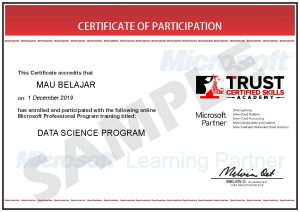
Only logged in customers who have purchased this product may leave a review.


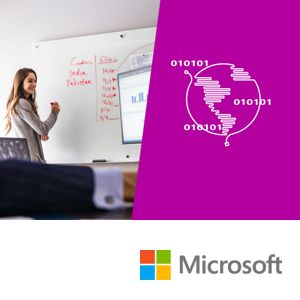

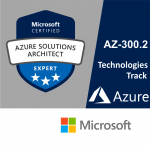
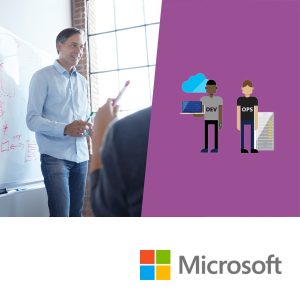
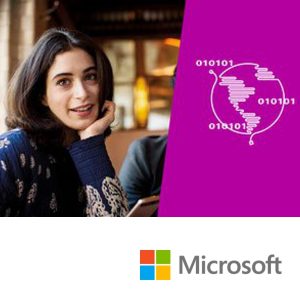
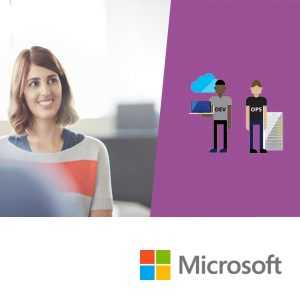
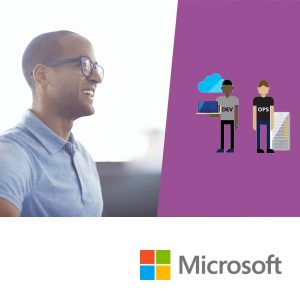
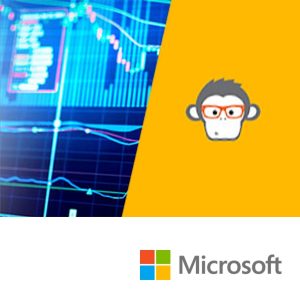
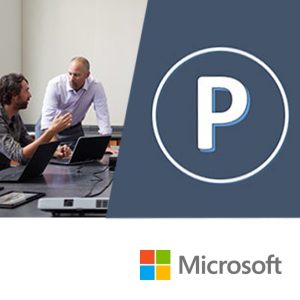

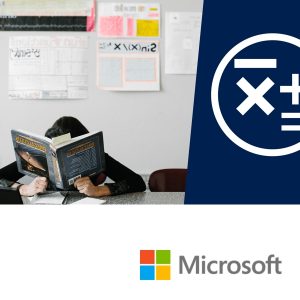
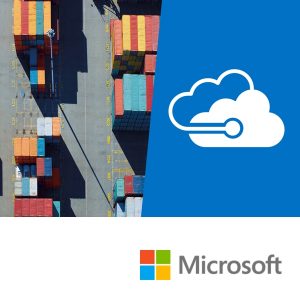
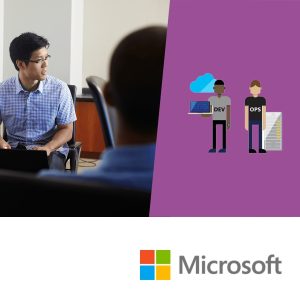

Reviews
There are no reviews yet.